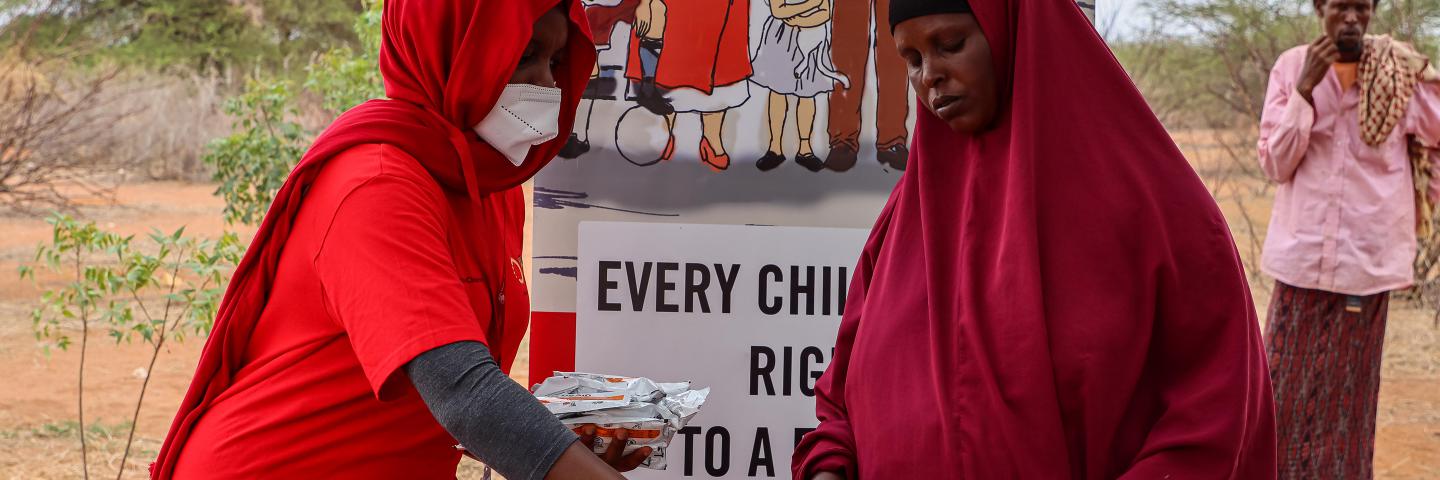Kenya experiences a number of natural hazards, the most common being weather related, including floods, and droughts. In the recent past, these hazards have increased in number, frequency, intensity and complexity. The food insecurity crisis in Kenya is escalating amidst the COVID 19 pandemic.
The National Drought Management Authority (NDMA) notes that 2.1 million people are facing food crisis in July 2021 across counties in the arid and semi-arid lands in Kenya (IPC phase 3 and above). In February 2021, an estimated 1.4 million people in Kenya were classified in Crisis (IPC Phase 3) or worse. In the projection period of October to December 2021, the population in Crisis (IPC Phase 3) is expected to increase to about 2.3 million people while the population in Emergency (IPC Phase 4) is estimated to be 368,000 people.
Two consecutive below average rainfall seasons resulted to below average crop harvests and livestock contributing to household food insecurity. An estimated 652,960 children aged 6-59 months and 96,450 pregnant or lactating women require urgent treatment for acute malnutrition. The drought has also exacerbated gender-specific problems, with different physical and psychological issues for women and men. As gender inequalities remain strong, women are particularly at risk of hunger, especially when crisis strikes.
WHAT ARE WE DOING ABOUT IT?
Save the Children in partnership with two local partners is implementing an integrated response programme in Wajir and Garissa counties to assist the government to meet the needs of children affected by the food insecurity. Key interventions implemented include; Supporting the government to screen and treat children under five and pregnant and lactating women with malnutrition through various approaches at community and health facility level; Provision of cash assistance to households with children affected by malnutrition in IPC 4 and above areas; Promote infant and young child feeding in emergency; rehabilitate high yield boreholes and support water trucking where water uptake is below 15litres /person/day; Support hygiene promotion to promote hand washing; and Support livestock vaccination and diseases surveillance.
Save the Children Response Plan
With your support, Save the Children aims to provide effective and timely humanitarian assistance and build resilience of 236,000 most severely vulnerable people, including 131,600 children in Turkana, Mandera, Wajir, Garissa and Samburu counties in Northern Kenya by December 2022.
